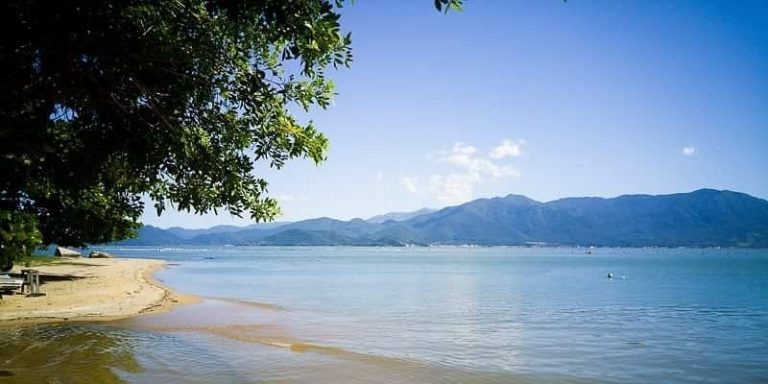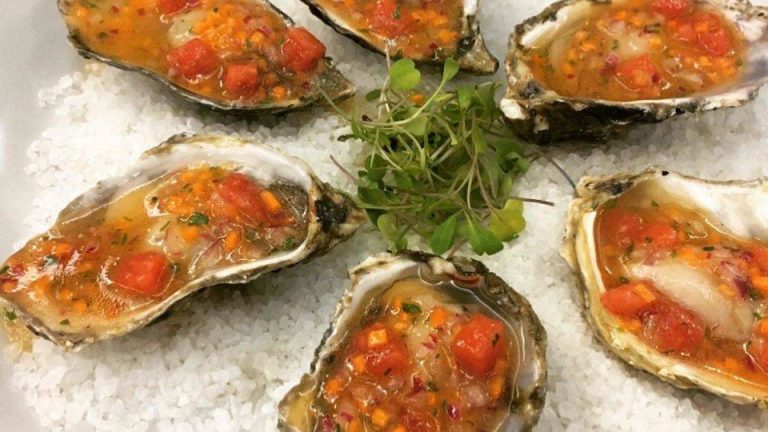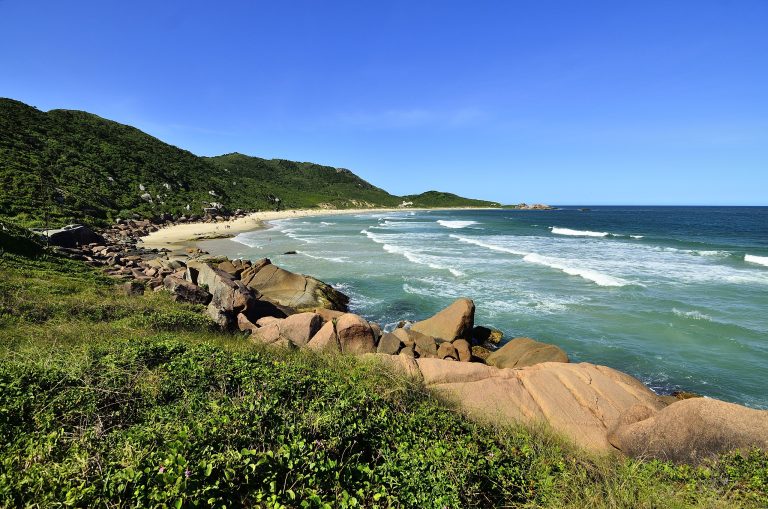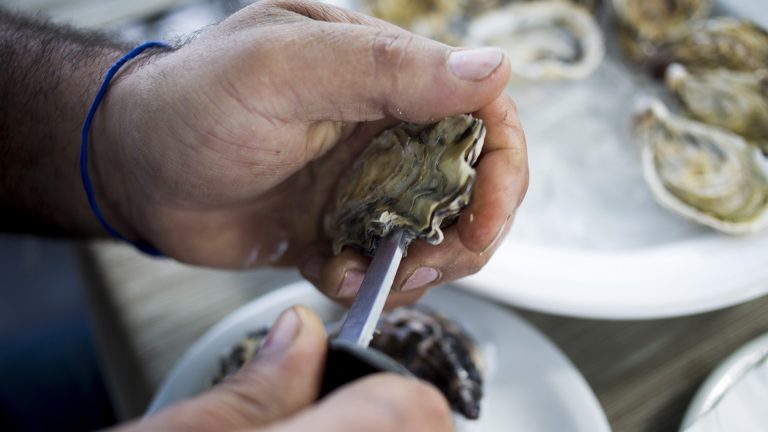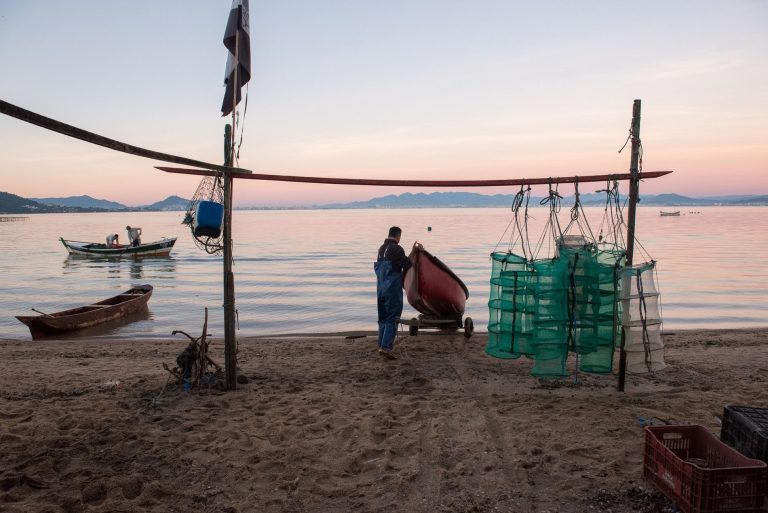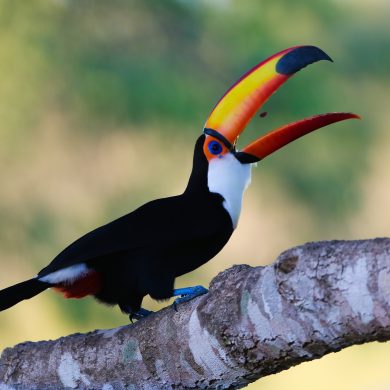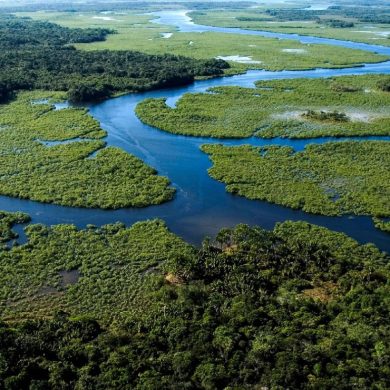When you think of Brazil, oyster culture may not be the first thing that comes to mind. However, the coasts of Santa Catarina state, particularly around the city of Florianópolis, are home to one of the country’s best-kept secrets: Brazilian oysters. The cool Patagonian currents make these oysters particularly delicious, offering a unique taste experience that is gaining recognition.
Brazilian oysters are not heavily exported at the moment, but there are hopes for the coastline of Santa Catarina to become a world leading oyster farming area. Florianópolis oysters have the potential to become popular across borders, like Arcachon oysters.
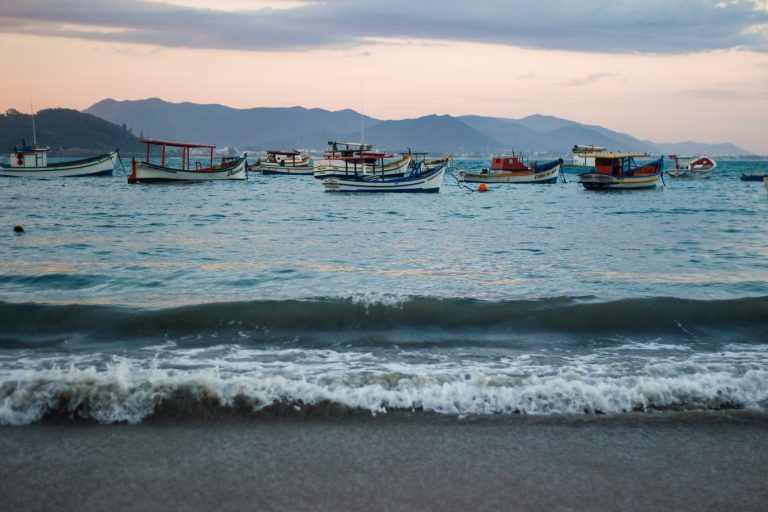
The Birth of Oyster Farming in Florianópolis
The oyster beds of Florianópolis were established in the late 1980s to support local fishermen who were struggling to make a living. The cold water temperatures of the region proved ideal for oyster farming, resulting in a surprisingly successful venture. The rich biodiversity and pristine waters around the island contribute to the distinctive and flavorful quality of the oysters.
Today, the Crassostrea gigas oysters from Florianópolis are considered the finest in Brazil. Despite their potential for international export, these oysters remain a hidden treasure, primarily enjoyed by visitors to Santa Catarina. Florianópolis continues to be the largest producer of farmed oysters in the country.
Ribeirão da Ilha: A Quaint Oyster Haven
Ribeirão da Ilha, a picturesque village to the south of Florianópolis, is a testament to the region’s oyster farming success. This charming and tranquil district, with its colorful houses and serene atmosphere, hosts numerous oyster farms. Traditional restaurants by the water serve these delectable oysters along with other fresh seafood like shrimp, fish, and local crab.
The village’s historic center is a delightful blend of Azorean architecture and modern amenities. Walking through its cobblestone streets, you can visit local craft shops, sample regional dishes, and immerse yourself in the laid-back island culture. The warm hospitality of the locals adds to the charm, making Ribeirão da Ilha a must-visit destination for any traveler.
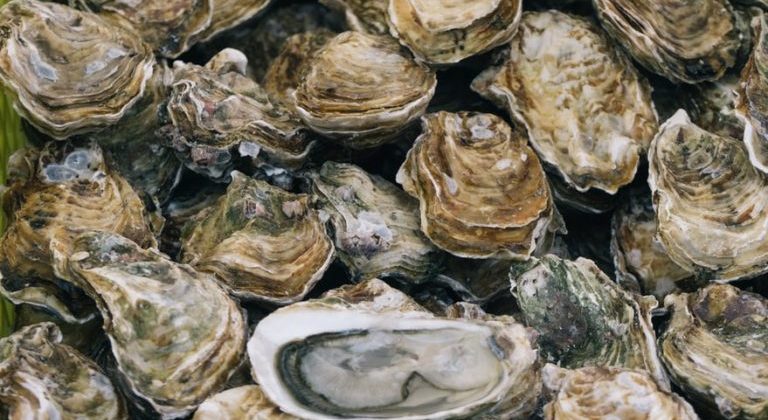
The Mangrove Oyster: A Unique Delicacy
Another notable variety is the mangrove oyster, known as Crassostrea gasar. Originally from Senegal and brought to Brazil during the era of the slave trade, these oysters now flourish in the mangroves of Guyana and Pará state. Since the late 1960s, efforts have been made to develop sustainable oyster farming in these regions.
Mangroves provide an ideal environment for these oysters, which, in turn, help protect the mangroves by filtering the water. Unlike oysters grown in parks in Europe and the United States, these oysters are attached to floats submerged at high tide in water with salinity levels reaching up to 40%. While Santa Catarina’s oysters have garnered significant attention, those from Pará are also becoming highly sought after.
Sustainable Practices and Environmental Impact
The sustainability of oyster farming in Brazil is a critical aspect of its development. The Brazilian government, along with local stakeholders, has implemented measures to ensure that oyster farming does not negatively impact the environment. These measures include regulations on water quality, farming methods, and the protection of natural habitats.
Oyster farming is also beneficial for the environment as oysters act as natural water filters. They help maintain the health of marine ecosystems by removing excess nutrients from the water, which can otherwise lead to harmful algal blooms. This symbiotic relationship between oyster farming and environmental conservation highlights the importance of sustainable practices in the industry.
Culinary and Cultural Delights
Outside Brazil, oysters are typically enjoyed raw with a squeeze of lemon juice. However, in South America, oysters are more commonly grilled or baked into pies. They also play a role in traditional medicine, particularly in treating wounds.
For an unforgettable experience, consider visiting the beaches between Guajiru and Jericoacoara. Near the river’s edge, you’ll find Isla Ostra. Here, Tiago, a passionate local, offers delicious, semi-wild oysters that he harvests and raises in the mangroves of Aracati-Açu. The alternating salinity of the water creates a subtle, exquisite flavor. These oysters, accompanied by a frozen caipirinha served in a hollowed-out coconut, are a true hidden gem of Northeast Brazil.
Florianópolis: A Must-Visit Destination
Visiting Florianópolis offers more than just oysters. The city is known for its stunning beaches, vibrant nightlife, and rich cultural heritage. The combination of natural beauty and culinary delights makes it an ideal destination for travelers seeking an authentic Brazilian experience. The beaches of Florianópolis, such as Joaquina, Praia Mole, and Campeche, are renowned for
their crystal-clear waters and excellent surfing conditions.
The island’s diverse landscape, which includes lush hills and serene lagoons, provides numerous opportunities for outdoor activities like hiking, cycling, and paddleboarding. The city also boasts a lively cultural scene, with numerous festivals, art galleries, and music events held throughout the year. The annual Carnival in Florianópolis is a vibrant celebration that attracts visitors from all over the world, offering a glimpse into Brazil’s rich cultural heritage.
Recent Developments and Future Prospects
In recent years, the Brazilian government and local stakeholders have increased efforts to promote oyster farming and sustainable practices in Santa Catarina and Pará. Advances in aquaculture technology and growing international interest suggest a bright future for Brazilian oysters. As the global culinary scene continues to evolve, Florianópolis oysters are poised to
make their mark on the world stage.
Efforts to enhance the infrastructure for oyster farming, including the development of better facilities and transportation networks, are underway. These improvements aim to streamline the supply chain, making it easier to distribute oysters both domestically and internationally. Additionally, marketing campaigns are being launched to raise awareness about the unique qualities of Brazilian oysters, targeting food enthusiasts and chefs worldwide.
The Cultural Significance of Oysters in Florianópolis
Oysters hold a special place in the culture and traditions of Florianópolis. Festivals dedicated to this delicacy, such as the annual Festa da Ostra, celebrate the island’s rich oyster heritage. These events feature cooking demonstrations, oyster tastings, and live music, drawing locals and tourists alike. The Festa da Ostra not only highlights the culinary importance of oysters but also emphasizes sustainable practices and environmental conservation.
Oyster Farming Techniques and Innovations
The techniques used in oyster farming in Florianópolis have evolved over the years. Farmers now employ modern aquaculture methods to improve yield and quality. Floating racks and suspended systems are commonly used to keep the oysters off the seabed, protecting them from predators and ensuring they grow in optimal conditions. These methods also facilitate
better monitoring and management of the oysters, contributing to the high standards of production in the region.
Innovations in oyster farming are not limited to techniques but also extend to breeding programs. Selective breeding practices aim to enhance desirable traits such as faster growth rates, disease resistance, and improved taste. Research and development initiatives, often in collaboration with academic institutions, are crucial in driving these advancements and ensuring the sustainability of the industry
Health Benefits of Consuming Oysters
Oysters are not only a culinary delight but also offer numerous health benefits. They are a rich source of essential nutrients, including protein, vitamins, and minerals. Oysters are particularly high in zinc, which is vital for immune function, wound healing, and DNA synthesis. They also contain omega-3 fatty acids, known for their heart health benefits.
The low-calorie content of oysters makes them an excellent choice for those looking to maintain a healthy diet. Their high protein content helps in muscle building and repair, while the presence of antioxidants supports overall health and well-being. Including oysters in your diet can contribute to a balanced and nutritious lifestyle.
Conclusion
Florianópolis and its surrounding regions offer a unique opportunity to explore Brazil’s burgeoning oyster culture. With exceptional oysters, picturesque villages, and a rich culinary tradition, this area is a must-visit for any seafood lover. The combination of exquisite seafood, stunning scenery, and vibrant culture makes this destination a true gem. The sustainability and environmental benefits of oyster farming further enhance the appeal of this industry. As global interest in Brazilian oysters grows, Florianópolis is poised to become a prominent player on the international stage. The dedication to sustainable practices and continuous innovation ensures that the region’s oyster farming industry will thrive for years to
come.
Visiting Florianópolis provides an unforgettable experience, from tasting the finest oysters to exploring the island’s natural beauty and cultural heritage. Whether you’re a seasoned traveler or planning your first trip, the allure of Florianópolis and its oysters promises an adventure filled with unique experiences and cherished memories. Embrace the spirit of Brazil and discover why Florianópolis is becoming a hotspot for oyster enthusiasts and travelers alike. Book your trip today and embark on a journey of a lifetime, savoring the best oysters Brazil has to offer while enjoying the breathtaking landscapes and warm hospitality of this enchanting destination.

